Hindu metro plus , All dolled up
Navaratri has begun and, to me, the first thing that comes to mind is the bomma kolu at my grandmother’s home. The practice of displaying dolls is more popular in the southern states.
During Navaratri, these dolls are taken out from storage and carefully cleaned. A showcase of steps — usually an odd number like 5, 7, 9, 11 etc — is fashioned from wooden planks and displayed prominently. While some of the dolls displayed are those of various gods, there is more to them. The daily tasks of the common man are also portrayed beautifully right down to the smallest detail.
Many of these figurines were usually made of clay. And this has a larger significance, which is also connected with our agricultural practices. In the period just before this festival, the fields required de-silting and the land was mostly of clayey soil. Thus the demand for clay to make dolls benefited both the farmers and the doll makers.
Dolls were collected and displayed according to each one’s taste. Women and children went kolu visiting to admire the display, sing devotional songs and feast on the different kinds of neiveidhyam. The few years of training that I received in Carnatic music were enough for my mother to volunteer me to sing at every visit. Dressed in a pattu pavadai complete with jasmine flowers in my tightly plaited hair, these visits were a must during Navaratri.
My uncle has an enviable collection of dolls that goes back several decades. Not only is he a keen collector but he also plays the part of set designer to perfection. The dolls are displayed in a manner that the stories just flow from one scene to the next.
One year, much to our delight, he even had a road with tiny street lights on which the clay vehicles were placed. Over the years, my grandmother has often played the part of the story teller. She takes great delight in pointing out the intricacies in each doll.
Each profession is highlighted in a unique way. A traditional vilakku puja scene has every detail pat from the drape of the garment to the hair dressing and other ornaments as women sit cross-legged. Children sit in their uniforms on benches in a school that’s open to the sky while a passing auto seems to distract a child. Mountains, farms and rice fields are crafted beautifully along with the different kinds of produce.
As time progressed, craftsmen began to add modern touches. So you have families seated on a comfortable sofa, watching television or youngsters playing carom, table tennis and even on the computer. Dolls symbolising patriotism are also popular. Dr. A.P.J. Abdul Kalam has been immortalised in doll form for example.
The bottom steps of the structure would be filled with treats for the eye. Delicious platters of sweets, the village square with the puli aatam and karagattam dancers and children playing in the river offered wonderful glimpses of rural life.
A memory that I treasure is the year when my cousins and I, along with our children, had the job of creating the display. My grandmother, seated in her heavy wooden chair, used her cane to point out where each doll needed to be placed, the angle at which it needed to sit and why.
The younger lot had to climb up to the topmost rung and had to follow very precise instructions while doing the balancing act. Amid a lot of giggles, moans and groans, we got the job done and earned her approval.
The two topmost steps comprised the various gods and goddesses. From the puja paraphernalia and temple gopuram to the floral offerings, each one was a replica of what we saw at home.
Having been exposed to these clay beauties year after year, I have learnt to teach my kids, nieces and nephews to appreciate them too. While arranging these dolls, I talk about out the craftsmanship and other associated factors. Doing this teaches us to respect the small things in life, which we tend to take for granted. I, for one, would love to meet the people who are responsible for such amazing work.
This Navaratri, as you go on your kolu visits, take a bit of extra time to soak it all up. It truly is a very special experience.
After the 40 year hiatus, this year,the Athivaradhar darshan was one of the most sought after ,with devotees standing in long queues for more than half the day and going back home satisfied after a quick glimpse of the idol which is said to be carved out of a fig tree. With many stories surrounding the once in 40 years darshan, the Athi varadhar idol at Poompuhar is undoubtedly one of the most coveted for the bomma kolu of 2019.Keep the stories coming ,we may not realise it but these practices are vital for cultured living.

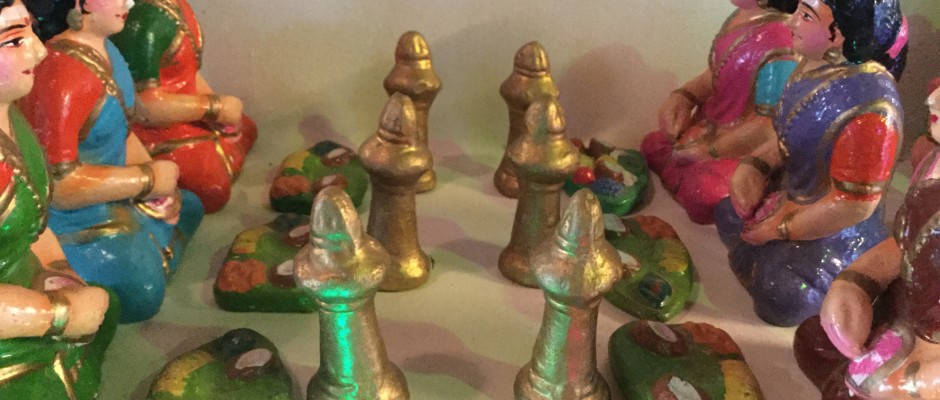
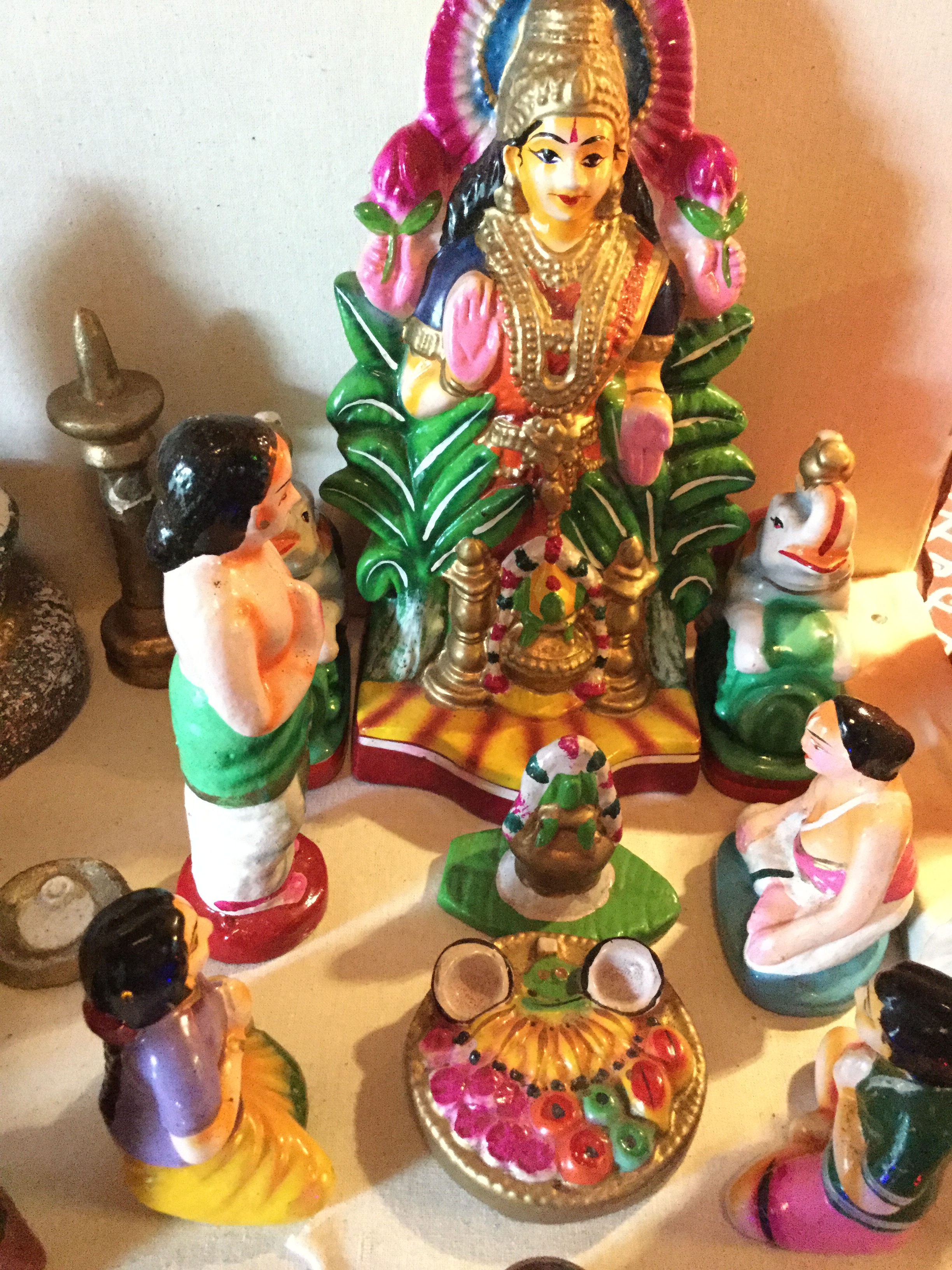
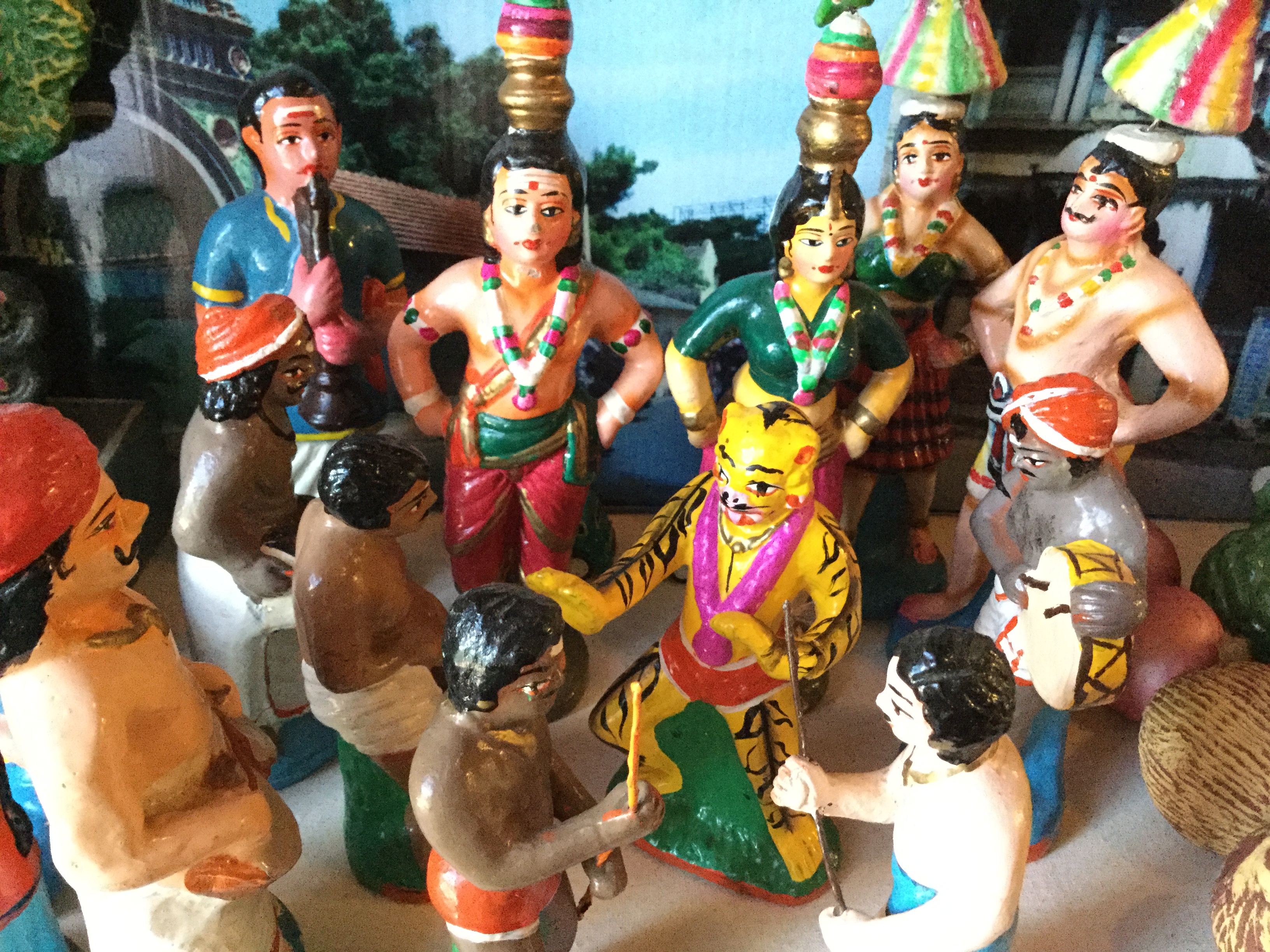
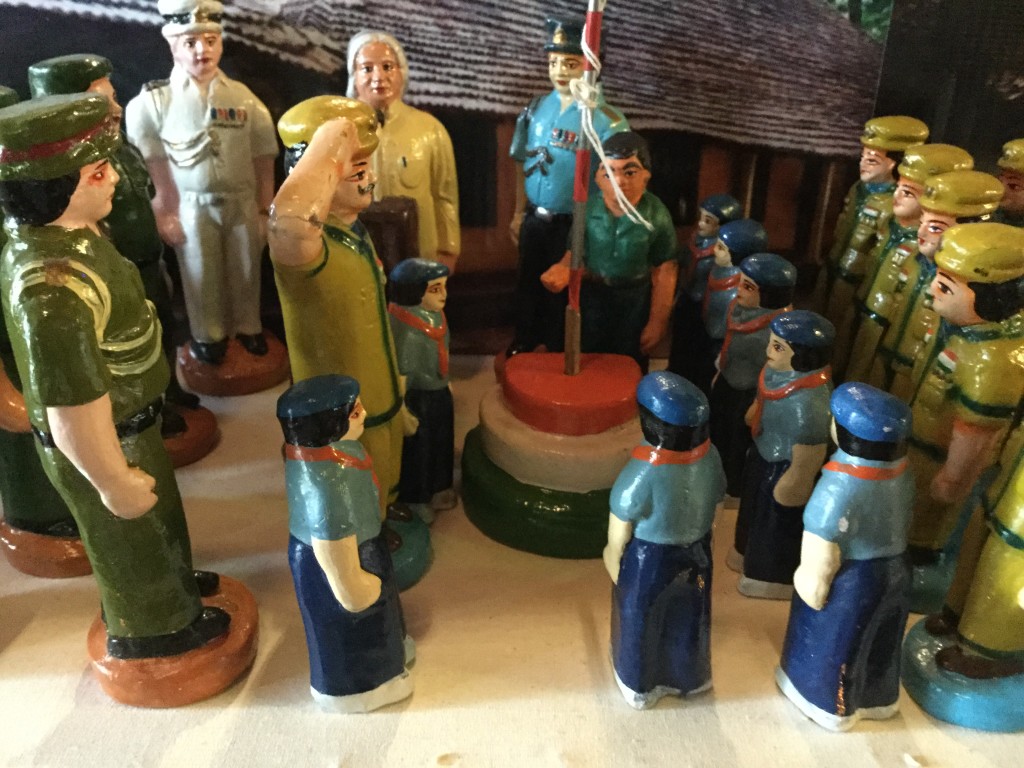
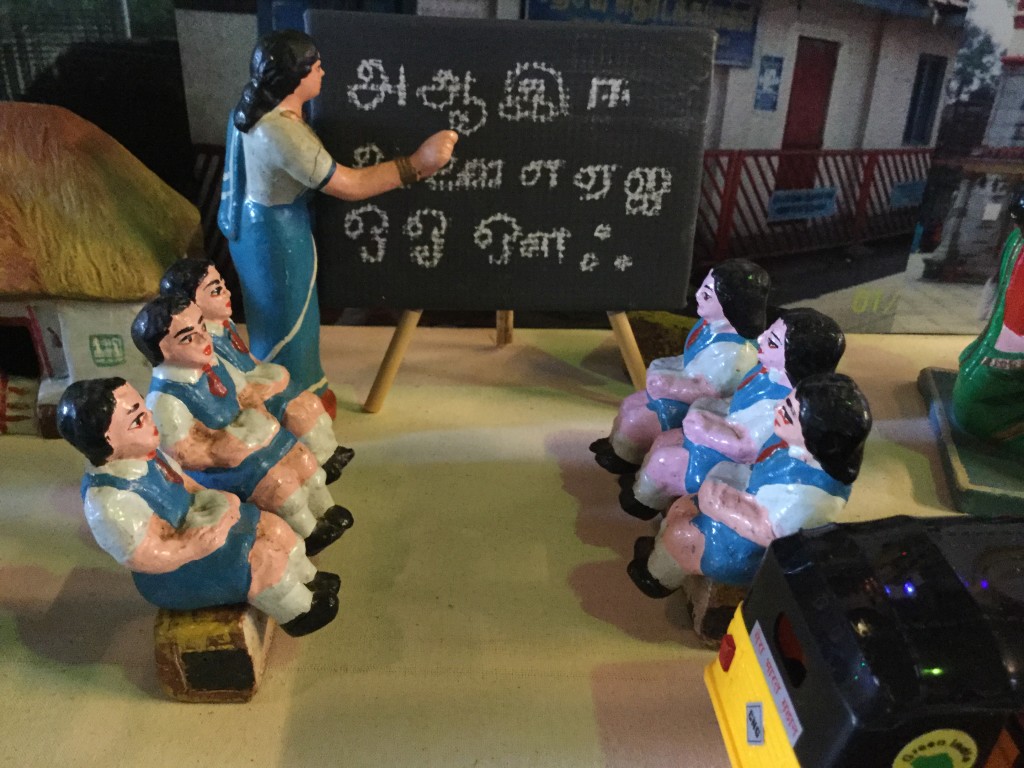
This is lovely didi. I always wondered on why the tradition would have started.
Thanks so much Binny ! Happy to know that you read my articles 🙂
Very rare to see people observe Kolu in our parts! The year our daughter was born, my husband and I decided to set up Kolu, to teach some tradition to the girl child. This started when we lived in Madras and we were lucky to have witnessed the Kolu doll madness on Mada Veedhi, in the run up to the festival! It was extremely satisfying to have the apartment folk and their children ( mostly Marwaris and Muslims) partake in our small golu with great enthuiasm and curiosity! Nice writing, as usual 🙂 – LAYA
Thanks so much Laya. We are blessed to be able to enjoy such a rich gamut of culture and traditions. Your daughter will thank you manifold in her later years ! Thank you for your support in my work.